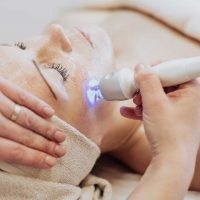Chemical peels offer a science-backed, non-invasive way to rejuvenate facial skin by exfoliating damaged cells and stimulating collagen renewal. They improve texture, fade pigmentation, reduce acne scars, and minimize fine lines all while enhancing product absorption. Whether you’re targeting surface dullness or deeper scars, peels range from gentle (superficial) to intensive (deep), allowing treatments to be customized to your skin type, goals, and lifestyle.
Benefits of a Chemical Peel and Which Type Is Right for You?
Chemical peels are a popular non-invasive cosmetic treatment designed to improve the appearance and health of facial skin. By applying a chemical solution to the skin’s surface, these treatments facilitate exfoliation, stimulate collagen production, and promote the regeneration of new, healthier skin layers.
Patients seeking facial rejuvenation often consider chemical-peels as part of their overall skincare routine due to the potential benefits of smoother texture, diminished wrinkles, and reduced hyperpigmentation. In today’s age, when factors such as trichloroacetic acid, glycolic acid, and lactic acid are widely used in facial treatments, understanding the science behind chemical peels is critical for making an informed decision. The treatment may also serve as a prelude to other aesthetic enhancements whether one is also getting injectables-fillers such as belotero balance or laser procedures and can complement the use of retinoids like tretinoin. In addition, the benefits may include a better response to factors such as isotretinoin use, sunscreen application, and exfoliation performance which are vital to prevent complications like irritation or pigment changes.
At our practice, we believe that adopting a holistic approach to skincare can boost overall health-wellness, ensuring that the right treatments work in harmony with your skin’s needs. This article will explore how a chemical peel works to renew the skin, address common imperfections like acne, melasma, and fine lines, and compare different peel types ranging from superficial to deep peels to help determine which option is best suited to a patient’s skin condition and lifestyle. The discussion is supported by clinical studies and expert recommendations from board certified dermatologists and plastic surgeons.
Transitioning now into an in-depth exploration at our practice, the following sections provide detailed insights regarding skin renewal and key benefits. In our review of different treatment options, we discuss advanced techniques such as chemical-peels and iv therapy, all aimed at enhancing overall health-wellness and supporting tailored body-treatments. Patient suitability and procedural expectations are also thoroughly examined.
Understanding How a Chemical Peel Can Be Good for Your Facial Skin
Chemical peels (chemical-peels) work by applying an acid-based solution to the facial skin, which exfoliates the surface layers and removes damaged or dead cells from the stratum corneum. At our practice, these treatments have become a favored option in many body-treatments routines that emphasize health-wellness. This procedure jump-starts the natural healing process by stimulating the production of new cells and increasing collagen production in the dermis layer.
Within minutes of application, the targeted skin cells begin to break down, exposing newer, less damaged skin beneath a process that many also complement with iv therapy. Scientific studies have shown that treatments with trichloroacetic acid and glycolic acid can enhance the rate of skin cell turnover by up to 30%, improving both texture and tone in a measurable way. For further details on advanced skin treatments, visit slimmingsolutionsspa.com and learn about options like belotero balance.
The Science Behind Skin Renewal With Chemical Peels
Chemical peels induce controlled chemical burns that trigger the skin’s repair mechanisms. As the upper, damaged skin sheds, growth factors come into play, promoting collagen and elastin synthesis. Collagen, an essential protein in the dermis, acts as the building block for maintaining skin firmness and resilience. Research published in the Journal of Dermatological Treatment provides evidence that controlled use of chemical agents can stimulate collagen production up to 60% more in treated skin compared to untreated areas. Additionally, increased elastin levels result in improved skin elasticity, directly addressing skin sagging and fine lines. This cell renewal mechanism leads to a visible improvement in overall skin texture and brightness, reducing the appearance of scars, hyperpigmentation, and sun damage.
How Chemical Peels Address Common Facial Imperfections
Facial imperfections such as acne scarring, sun spots, and melasma are often difficult to treat with traditional skincare products alone. By removing the superficial layer of damaged skin, chemical peels can improve the appearance of these conditions dramatically. For example, in cases of acne, the removal of clogged pores and dead skin cells minimizes the risk of new breakouts and smooths the overall texture. Furthermore, chemical exfoliation reduces the congestion of melanin deposits in hyperpigmented areas, thereby fading dark spots over time. Compared to dermabrasion or laser resurfacing, chemical peels offer a less invasive alternative with a relatively lower risk of side effects when performed by a skilled professional.
Evaluating if a Chemical Peel Is a Good Option for Your Face
Before opting for a chemical peel, patients should consider several factors including their skin type, severity of sun damage, history of acne, risk of irritation, and overall skin sensitivity. Individuals with darker skin tones should consult with dermatologists to avoid complications like post-inflammatory hyperpigmentation. Furthermore, patients who have previously used potent topical retinoids such as isotretinoin must wait a recommended period before undergoing a chemical peel. An evaluation of skin condition helps in determining whether a superficial peel to address mild imperfections or a medium to deep peel for more extensive damage is most appropriate.
Comparing Peels to Other Facial Rejuvenation Methods
While chemical peels are highly effective at renewing facial skin, they are one of many available facial rejuvenation methods. For instance, microneedling stimulates collagen production through controlled micro-injuries without exfoliating the skin surface as aggressively as a chemical peel. Laser resurfacing delivers concentrated energy to remodel collagen but can require longer downtime and higher costs. In contrast, chemical peels can be customized based on concentration to either gently resurface the skin or deeply treat scars and wrinkles. Patients should weigh factors such as recovery time, cost, and potential side effects when comparing chemical peels with treatments like dermabrasion and injectables-fillers.
Long-Term Positive Effects of Peels on Facial Health
Long-term benefits of regular chemical peel treatments include enhanced skin clarity, smoother texture, and a more even skin tone. Consistent use over several sessions can lead to sustained improvements in the appearance of fine lines and enlarged pores. Additionally, the treatment serves as a proactive anti-aging strategy by maintaining elevated levels of collagen and elastin. Over the long run, well-maintained scheduled peels contribute to overall skin health, reducing the risk of sun-induced damage and supporting natural defense mechanisms against environmental aggressors.
Key Advantages Your Face Gains From a Chemical Peel Treatment
Chemical peel treatments provide several distinct advantages for facial skin rejuvenation. The primary benefit is achieving a smoother skin texture and more uniform complexion. This result stems from the peeling away of the damaged upper layers of skin to reveal more youthful layers beneath. Enhanced skin permeability also allows for better absorption of subsequent skincare products, thereby increasing their efficacy. Treatments that incorporate acids like trichloroacetic acid and glycolic acid are proven to stimulate dermal collagen, significantly reducing the appearance of wrinkles and promoting a firmer, more elastic skin surface.
Attaining Smoother Skin Texture and Tone With a Peel
The immediate impact of a chemical peel is visible improvement in skin smoothness and a reduction in irregular pigmentations. When the damaged skin is removed, the regenerated surface exhibits enhanced uniformity which minimizes the look of pores, sun spots, and fine lines. Moreover, improved skin tone is achieved due to both the physical exfoliation and the biochemical stimulation of melanocyte activity regulation. This dual action helps to homogenize skin color, especially in regions affected by hyperpigmentation, wrinkles, or acne scars.
Diminishing Fine Lines and Wrinkles Through Facial Peels
By initiating a wound-healing response, chemical peels harness the body’s natural repair mechanisms to produce more collagen, a key component responsible for skin elasticity and structure. Various studies have shown that deeper peels can lead to a significant reduction in wrinkle depth and volume. For instance, a study by Kligman et al. (2017, link) demonstrated that patients experienced up to a 40% improvement in facial wrinkles after undergoing a series of medium-depth peels. This collagen remodeling is essential not only for wrinkle reduction but also for improving overall skin firmness and resilience.
Reducing Acne and Acne Scarring Appearance
Acne, a common skin concern, can leave behind stubborn scars and discoloration. Chemical peels act as both a preventive and corrective measure by unclogging pores and reducing inflammation. The controlled exfoliation process decreases the bacterial load and limits the potential for new acne breakouts. Furthermore, chemical agents assist in breaking down hyperpigmented spots left by healed lesions, creating a more balanced skin tone. Patients who have experienced recurrent acne often see long-term benefits by integrating regular chemical peels into their skincare regimen, which minimizes both the frequency and severity of future outbreaks.
Fading Hyperpigmentation Sun Spots and Melasma
Hyperpigmentation, including sun spots and melasma, is largely a result of uneven melanin production. Chemical peels help to interrupt this process by removing the superficial layers of skin heavily laden with pigment. A consistent series of peels can lead to progressive lightening of these dark areas, contributing to an overall brighter and more even complexion. This process is further enhanced when combined with topical agents that inhibit tyrosinase, an enzyme critical for melanin synthesis, creating a synergy that accelerates pigmentation reduction.
Promoting Collagen Production for Firmer Facial Skin
One of the most touted benefits of chemical peels is their ability to boost collagen production. Collagen plays a pivotal role in maintaining skin structure and elasticity, and its decline is a major factor in visible aging. Through controlled injury to the skin, chemical peels stimulate fibroblasts to produce new collagen, resulting in skin that is both tighter and more resilient against environmental damage. Over time, this collagen boost translates into notable improvements in skin firmness and a decrease in sagging, providing a non-surgical solution to aging-related concerns.
Identifying Different Chemical Peel Options for Your Facial Needs
Chemical peels vary in depth and intensity, and identifying the correct option for your facial needs is essential for achieving optimal outcomes without causing unwanted side effects. Broadly, chemical peels are categorized into superficial, medium, and deep peels, each with its unique formulation and target results. Patient needs differ greatly, depending on the severity of skin issues such as acne, hyperpigmentation, wrinkles, and scars. The decision on which type of peel to pursue must be made in consultation with a board certified dermatologist or medical aesthetic professional who can assess variables such as skin type, sensitivity, and desired downtime.
Superficial Peels for Mild Facial Skin Concerns
Superficial peels, often referred to as “lunchtime peels,” are designed to provide minimal downtime while delivering noticeable results. These peels primarily target the outermost layers of the epidermis using milder acids such as glycolic acid, lactic acid, or salicylic acid. The benefits include improved skin texture, a reduction in minor pigmentation issues, and minimal irritation. Being less aggressive, superficial peels are suitable for individuals new to chemical exfoliation and for those with normal to slightly sensitive skin types. The recovery is typically rapid, with most patients returning to daily activities within 24–48 hours. Regular sessions can provide cumulative benefits without significant risk.
Medium Peels for Moderate Facial Skin Correction
Medium-depth peels penetrate further into the epidermis and even reach into the upper dermal layers. Agents like trichloroacetic acid (TCA) are commonly used at controlled concentrations to achieve a balance between efficacy and downtime. These peels are ideal for addressing more pronounced imperfections such as moderate wrinkles, early signs of photoaging, and persistent acne scars. While the recovery period is slightly longer—usually around 5–7 days—medium peels offer a more robust stimulation of collagen production and skin renewal. Patients with fair skin or those who have already undergone superficial treatments may benefit from medium peels as a stepping stone towards more comprehensive facial rejuvenation.
Deep Peels for Significant Facial Skin Transformation
Deep chemical peels are reserved for patients with severe sun damage, deep wrinkles, or significant scarring. These treatments use higher concentrations of TCA or phenol, and they penetrate deeply into the dermis, leading to dramatic skin remodeling. Deep peels achieve the highest rates of collagen induction and skin regeneration, but they also require a longer recovery period—often with a few weeks of downtime and a carefully managed post-treatment regimen. The risk of complications such as prolonged erythema, pigmentary changes, and scarring is higher; therefore, they are best suited for patients with resilient skin and realistic expectations. A thorough medical history review and patch testing are essential before proceeding with deep peels.
Matching Peel Strength to Your Desired Facial Outcome
The appropriate depth of a chemical peel is determined by the severity of the skin concern and the desired aesthetic outcome. Superficial peels are excellent for maintaining skin health and addressing mild signs of aging, while medium and deep peels provide more significant corrections for deeper and more stubborn imperfections. For instance, a patient with early hyperpigmentation and fine lines may choose a superficial peel for a subtle refresh, whereas one with marked photoaging or deep acne scars might benefit from a medium or deep peel. Selecting the right strength also depends on the patient’s tolerance for downtime and their overall health, as conditions like rosacea or dermatitis may contraindicate more aggressive treatments.
Understanding Chemical Agents Used in Facial Peels
The efficacy of a chemical peel largely depends on the specific acids used in its formulation. Common agents include glycolic acid, which is popular for its small molecular size that facilitates deep penetration, and lactic acid, known for its gentler exfoliating properties. Salicylic acid is particularly effective for acne-prone and oily skin due to its anti-inflammatory and sebum-regulating properties. Trichloroacetic acid (TCA) is versatile, available in various strengths, and is particularly useful in medium-depth peels. Phenol peels, while potent, are generally used in deep treatments due to their ability to cause significant dermal ablation. Each of these agents functions by breaking down the bonds between dead skin cells, promoting exfoliation and subsequent regeneration of a fresh cell layer.
Determining if a Chemical Peel Treatment Suits Your Facial Skin
Not every patient is an ideal candidate for chemical peel treatments, so it is important to undergo a comprehensive evaluation of one’s skin type, medical history, and specific facial concerns. A chemical peel can drastically improve skin appearance by promoting cell turnover and collagen renewal, but its suitability depends on factors such as skin sensitivity, presence of active acne or dermatitis, and history of adverse reactions to previous exfoliating treatments. Dermatologists usually evaluate if an individual’s skin can tolerate the treatment, particularly focusing on aspects like the epidermal thickness and any recent use of topical retinoids such as tretinoin or isotretinoin.
Assessing Your Skin Type and Condition for Peel Suitability
Patients with normal or resilient skin who do not have active, widespread inflammation are typically better candidates for chemical peels. Individuals with sensitive or reactive skin, especially those prone to redness or contact dermatitis, may require a gentler peel or alternative non-invasive treatments. Furthermore, a history of herpes outbreaks or keloid formation should be discussed with the provider, as these conditions may necessitate modified treatment protocols or pre-treatment antiviral therapy. A skin assessment conducted by a professional often includes a test patch to gauge the reaction and determine the concentration of acid that is safe for the patient’s skin.
Recognizing When a Chemical Peel Might Not Be Good for Your Face
Certain skin conditions and medical histories are contraindications for chemical peels. For instance, active acne, eczema, psoriasis, or open wounds on the face may increase the risk of adverse reactions such as scarring or prolonged irritation. Post-inflammatory hyperpigmentation is also a concern for patients with darker skin tones undergoing aggressive treatments, particularly deep peels with phenol. Additionally, individuals who have recently undergone laser resurfacing or dermabrasion should allow adequate time for recovery before considering a chemical peel. A thorough understanding of one’s medical history, including the use of medications like isotretinoin, is essential to minimize risks and achieve optimal outcomes.
Consulting a Dermatologist About Facial Peel Safety
It is crucial that anyone considering a chemical peel consults a board certified dermatologist or a qualified plastic surgeon with experience in cosmetic procedures. These professionals can tailor the treatment plan based on a detailed review of the patient’s medical history, current skincare practices, and expected downtime. They also offer personalized advice regarding pre- and post-treatment care, such as the use of sunscreen, gentle cleansers, and moisturizers to aid the skin in its recovery. Effective counseling ensures that the patient is fully informed about potential risks and benefits, and it allows for modifications to the treatment plan based on individual needs, including adjustments in acid concentration or the selection of a milder peel if necessary.
Skin Conditions That Respond Well to Chemical Peels
Certain dermatological conditions respond particularly well to chemical peels. Patients with mild to moderate acne may see a reduction in breakouts and a normalization of enlarged pores following a series of superficial peels. Additionally, hyperpigmentation conditions, such as melasma and sun spots, have been shown to improve significantly after medium-depth chemical peel treatments. Fine lines and wrinkles, which are common signs of aging, also diminish as the treatment stimulates collagen production. Individuals with uneven skin tone or dull complexion often experience a much brighter and more radiant finish post-treatment, leading to overall enhanced facial aesthetics.
Considering Your Lifestyle and Downtime Availability
When deciding on a chemical peel treatment, it is essential to consider how the recovery process might affect daily activities. Superficial peels generally require minimal downtime, with most patients resuming normal activities within one to two days. In contrast, medium and deep peels involve more intense recovery phases, during which the skin may appear red, flakey, or irritated for up to a week or more. Patients must balance their aesthetic goals with practical considerations such as professional commitments, social engagements, and overall comfort during the healing period. A clear understanding of the expected recovery timeline and the necessary aftercare measures such as the frequent application of sunscreen and gentle moisturizersbhelps align treatment plans with individual lifestyle requirements.
What to Anticipate During and After Your Facial Peel Procedure
Understanding the procedural journey and recovery process of a chemical peel is vital for ensuring realistic expectations and optimal outcomes. From the initial preparation steps to post-procedure care, a successful chemical peel treatment involves several carefully orchestrated stages that contribute to skin renewal, improved texture, and overall facial rejuvenation. The procedure is typically performed in a medical spa environment by experienced clinicians, and it includes pre-treatment, application, and post-treatment phases. Patients are advised to follow pre-procedure instructions meticulously—these may include avoiding certain skincare products, abstaining from sun exposure, or discontinuing the use of retinoids—to minimize adverse reactions during the peel.
Preparing Your Face for a Chemical Peel Treatment
Prior to the chemical peel, patients are instructed to cleanse their face using a gentle cleanser to remove makeup, oils, and impurities. The application area is then thoroughly dried, as residual moisture can dilute the chemical solution. In some cases, a topical anesthetic may be applied to reduce discomfort during the treatment, especially if a medium or deep peel is being performed. Clear guidelines on pre-treatment skin care help to maximize the effectiveness of the peel and prepare the skin for the chemical action that follows. It is essential that patients follow these guidelines closely to avoid complications such as excessive redness or prolonged healing time.
The Sensations During a Facial Chemical Peel Application
During the chemical peel application, patients commonly report a tingling or stinging sensation, which is a normal reaction as the acid works to break down the bonds between dead skin cells. The intensity of these sensations often depends on the depth of the peel and the specific chemical agent being used. While some discomfort is expected, most treatments are well tolerated when performed under professional supervision. The process is methodically controlled, and clinicians monitor skin reactions closely to ensure that the acid does not penetrate too deeply. This immediate response sets the stage for the subsequent peeling process, which is a key indicator of the treatment’s effectiveness.
Immediate Post-Peel Facial Skin Appearance and Care
Immediately after the peel, the skin may appear red, tight, and slightly swollen, resembling a mild sunburn. This is a typical immediate reaction and indicates that the peel is actively promoting cell turnover. Patients are generally advised to avoid makeup and harsh chemicals for several days post-treatment, using only gentle cleansers and moisturizers as recommended by their provider. The use of sunscreen becomes paramount during the healing period, as the new skin is more susceptible to UV damage. Post-treatment care instructions usually include the application of soothing creams and the avoidance of strenuous activities that may cause perspiration or friction on the healing skin.
The Healing Process and Timeline for Facial Skin
The skin healing process following a chemical peel can vary depending on the peel’s depth. Superficial peels generally resolve within a couple of days, with the outer layers flaking off to reveal smoother skin underneath. Medium peels may take up to a week to fully heal, while deep peels require a more extended recovery period—often up to two weeks or longer. During this time, regular follow-up care is essential to monitor progress and manage side effects. Gradual improvements, such as reduced hyperpigmentation and diminished fine lines, become evident with each passing day as the collagen synthesis process takes effect. Patients are encouraged to maintain a diligent skincare routine and adhere strictly to the aftercare protocol provided by their treatment specialist.
Potential Side Effects and How to Manage Them
Although chemical peels are generally safe, potential side effects can include prolonged redness, temporary pigment changes, and mild swelling. In rare instances, more severe complications such as infections or scarring can occur if post-treatment care is not properly followed. To minimize these risks, clinicians prescribe a regimen that includes hydrating moisturizers, broad-spectrum sunscreens, and, in some cases, antiviral medications if there is a history of herpes outbreaks. It is important for patients to be adequately informed about the possible side effects and to communicate any unexpected or prolonged symptoms to their healthcare provider immediately.
Making an Informed Choice About Chemical Peels for Your Face
Choosing the appropriate chemical peel treatment involves careful consideration of both the short-term cosmetic goals and long-term skin health. Patients need to weigh the benefits of a chemical peel against potential risks, evaluate their own skin concerns, and explore the myriad options available—from superficial to deep peels. Making an informed decision is facilitated by a discussion with a board certified dermatologist or plastic surgeon, who can provide insights tailored to individual skin types and desired outcomes. A personalized consultation not only clarifies what improvements a chemical peel can bring but also sets realistic expectations regarding the extent of rejuvenation and the recovery timeline.
Weighing the Pros and Cons Is a Chemical Peel Good for Your Face
Benefits of chemical peels include improved skin texture, reduction of fine lines, diminished hyperpigmentation, and stimulation of collagen production. However, the procedure also carries risks such as temporary downtime, possible irritation, and the chance of pigment alteration, especially in darker skin types. A comprehensive risk-benefit analysis is essential for patients. Professionals emphasize that while many patients experience remarkable improvements, the results can vary based on factors like the chosen peel’s strength, the individual’s skin condition, and adherence to post-treatment care. The decision-making process should involve a detailed examination of past medical history and current skin health, ensuring that the treatment aligns well with long-term facial rejuvenation goals.
Setting Realistic Expectations for Your Facial Peel Results
For most patients, chemical peels offer incremental improvements that compound over multiple sessions. While a single treatment can lead to immediate improvements in skin brightness and texture, optimal results often require a series of peels. Setting realistic expectations involves understanding that dramatic changes in deep wrinkles or severe scarring might necessitate deeper peels and longer recovery periods. Educating patients on the gradual nature of collagen remodeling and the cumulative benefits of repeated sessions helps manage expectations while fostering satisfaction with the long-term results. Proper education on what constitutes a noticeable change and how long it might take underscores the importance of patience and consistency in any skincare regimen.
Questions to Ask Before Committing to a Facial Peel
Before proceeding with a chemical peel, patients are encouraged to ask several important questions. These include inquiring about the type of acid used, the concentration and depth achieved, the expected downtime, and the specific results that can be targeted. Additionally, patients should ask about the safety protocols in place—particularly if they have a history of skin conditions like herpes or keloid formation. Clear answers facilitate an understanding of both the procedure and the aftercare requirements, ultimately empowering patients to make an informed selection that best fits their individual facial needs and lifestyle commitments.
Finding a Qualified Professional for Your Chemical Peel
Selecting a skilled and experienced practitioner is a critical factor in achieving successful and safe outcomes with chemical peels. Look for professionals who are board certified in dermatology or plastic surgery and who have a substantial track record with various peel types. Patient testimonials, before-and-after photos, and a transparent discussion about potential risks and realistic results are indicators of a qualified provider. It is also beneficial to consider whether the professional offers personalized consultations, which can provide a detailed assessment of skin type, current skin condition, and tailored treatment recommendations.
Long-Term Maintenance for Sustaining Facial Peel Benefits
The results of a chemical peel are not permanent; however, with proper maintenance, the benefits can be sustained over a long period. Incorporating a routine that includes gentle cleansing, regular application of broad-spectrum sunscreen, moisturizing, and occasional touch-up peels can help maintain the rejuvenated appearance of facial skin. Additionally, the use of supplemental treatments like antioxidants (vitamin C serums) and retinoids can further enhance collagen production and prolong the positive effects of the peel. Long-term lifestyle modifications, such as proper nutrition and hydration, also play a significant role in safeguarding the results.
Conclusion
Chemical peels offer a versatile and effective solution for a variety of facial skin concerns, ranging from fine lines and wrinkles to acne scars and hyperpigmentation. By understanding the underlying mechanism—cell turnover, collagen stimulation, and improved skin texture—patients can make informed decisions on which peel treatment is best suited to their needs. The benefits, combined with proper pre- and post-treatment care, yield long-term improvements that contribute to overall skin health and rejuvenation.
In summary, the choice of a chemical peel should be personalized based on individual skin type, medical history, and aesthetic goals. A thorough consultation with a board certified dermatologist or plastic surgeon is essential to safely achieve desired results. With realistic expectations and consistent aftercare, chemical peels can significantly enhance facial appearance, offering renewed confidence and a brighter, smoother complexion.
Frequently Asked Questions
How do chemical peels improve facial skin?
Chemical peels enhance facial skin by exfoliating old, damaged cells and stimulating collagen production, which in turn improves skin texture, diminishes fine lines, and evens out hyperpigmentation. This accelerated cell turnover leads to a rejuvenated skin surface.
What are the different types of chemical peels?
There are superficial, medium, and deep chemical peels. Superficial peels target the epidermis with minimal downtime, medium peels penetrate deeper to address moderate imperfections, and deep peels reach the dermis for significant skin remodeling, though with longer recovery.
Who is an ideal candidate for a chemical peel?
Ideal candidates typically have normal to slightly sensitive skin, mild to moderate signs of aging or pigmentation issues, and no active inflammatory skin conditions. A thorough dermatological evaluation is recommended to tailor treatment safely.
What is the recovery time after a chemical peel?
Recovery time varies by peel depth. Superficial peels usually heal within 1–2 days, medium peels require about 5–7 days for recovery, and deep peels may take up to two weeks or more. Post-treatment care is essential for optimal healing.
Can chemical peels be combined with other facial treatments?
Yes, chemical peels can complement other facial treatments such as microneedling, laser resurfacing, and topical rejuvenation therapies. However, it is important to coordinate treatments with a professional to minimize risks and ensure that procedures do not interfere with each other.
Final Thoughts
Chemical peels remain one of the most versatile treatments available for addressing a wide range of facial skin concerns. With the right approach balancing the peel type, depth, and aftercare patients can achieve significant improvements in skin texture and overall appearance. Consultation with a qualified professional is paramount to ensure safety and maximize benefits. By integrating chemical peels into a comprehensive skincare regimen, individuals can enjoy both immediate and long-lasting rejuvenation benefits while maintaining healthy, vibrant skin.



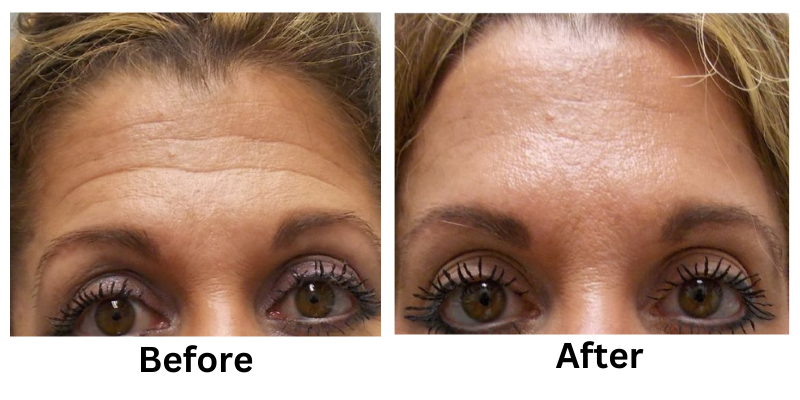
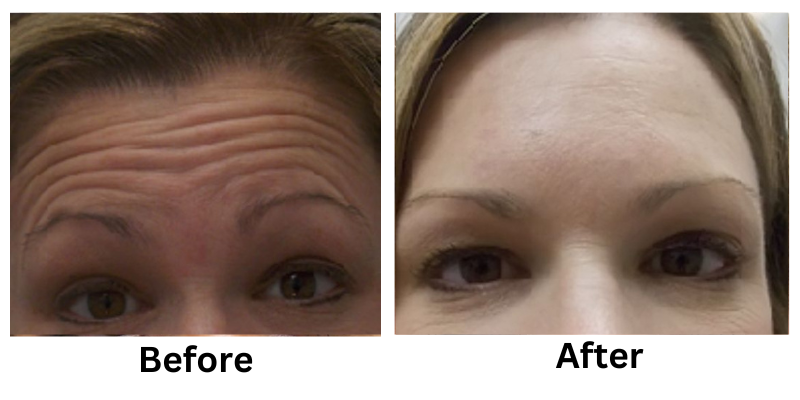
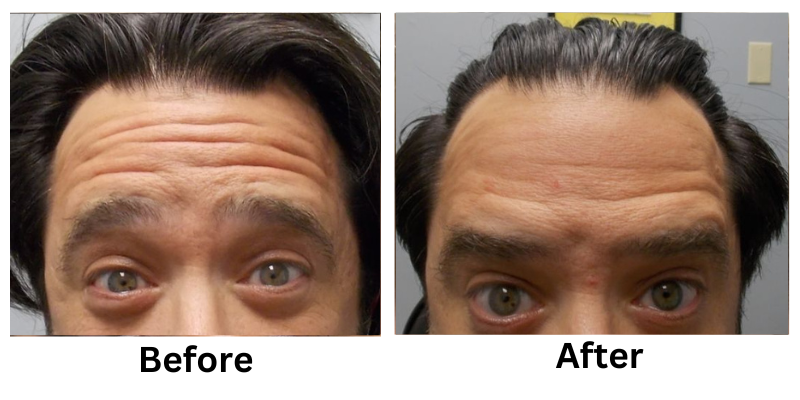
![[thumb]](https://slimmingsolutionsspa.com/wp-content/uploads/2023/12/botox1-150x150.png)
![[thumb]](https://slimmingsolutionsspa.com/wp-content/uploads/2023/12/Before2-150x150.png)
![[thumb]](https://slimmingsolutionsspa.com/wp-content/uploads/2023/12/Before3-150x150.png)
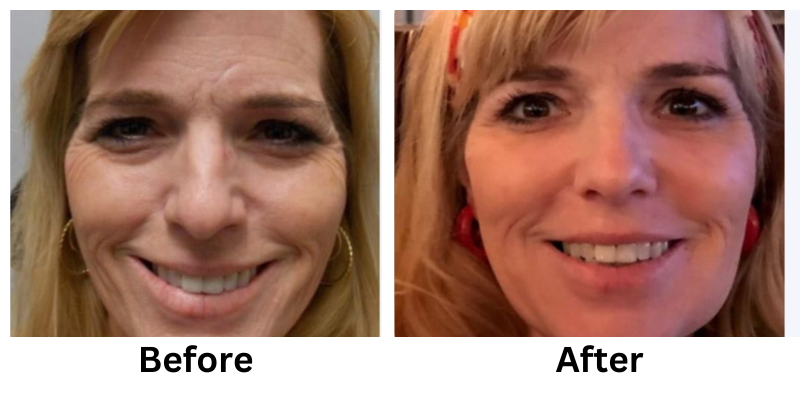

![[thumb]](https://slimmingsolutionsspa.com/wp-content/uploads/2023/12/Liquid-face-150x150.png)
![[thumb]](https://slimmingsolutionsspa.com/wp-content/uploads/2023/12/Liquid-face-1-150x150.png)
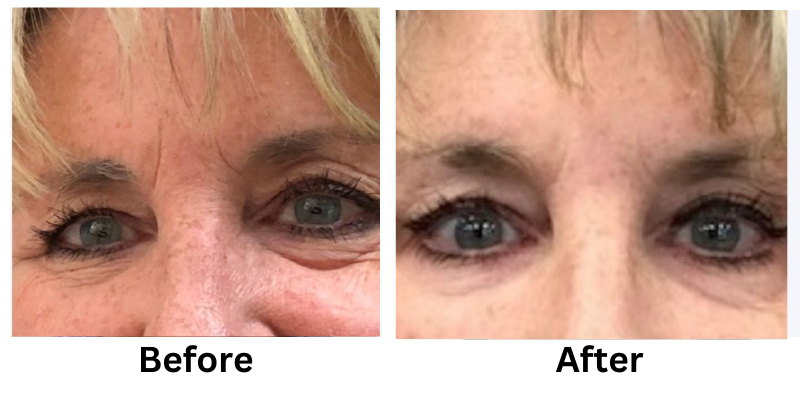
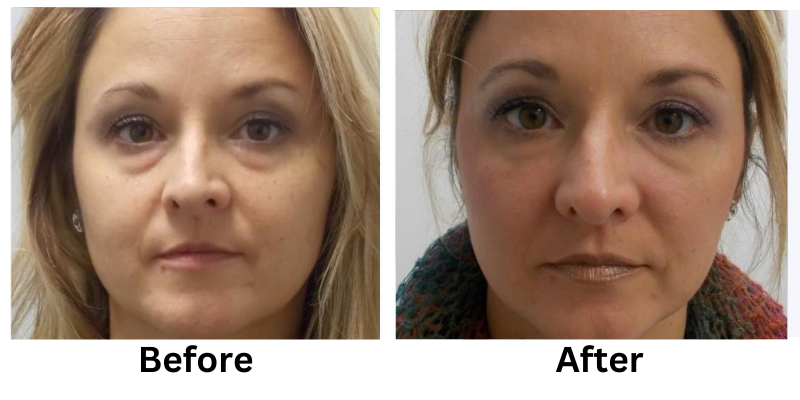
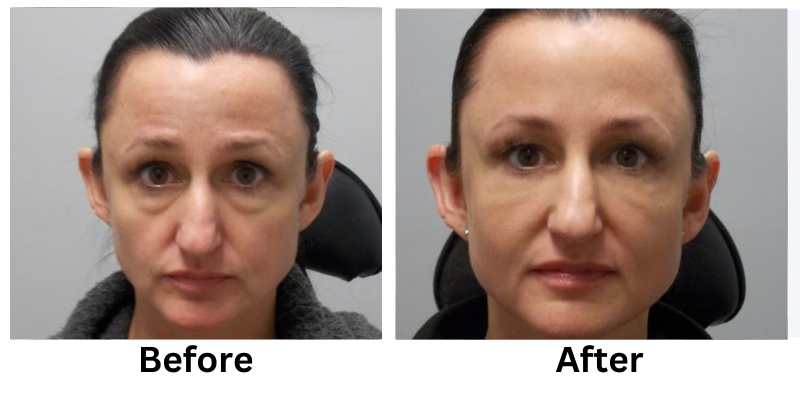
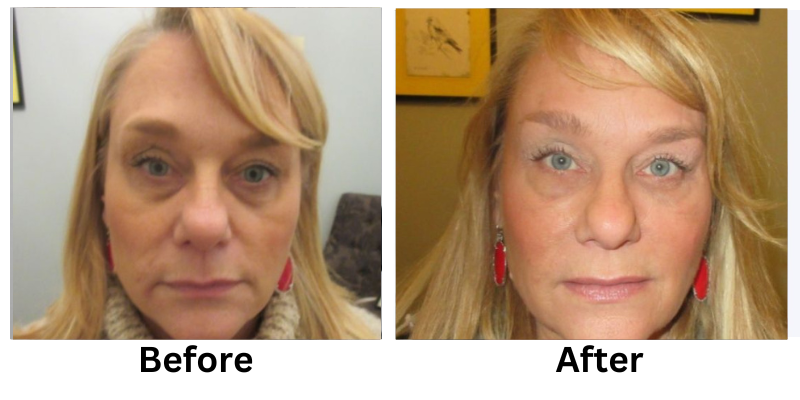


![[thumb]](https://slimmingsolutionsspa.com/wp-content/uploads/2023/12/revanesse-versa-1-150x150.png)
![[thumb]](https://slimmingsolutionsspa.com/wp-content/uploads/2023/12/revanesse-versa-2-150x150.png)
![[thumb]](https://slimmingsolutionsspa.com/wp-content/uploads/2023/12/revanesse-versa-3-150x150.png)
![[thumb]](https://slimmingsolutionsspa.com/wp-content/uploads/2023/12/revanesse-versa-4-150x150.png)
![[thumb]](https://slimmingsolutionsspa.com/wp-content/uploads/2023/12/revanesse-versa-5-150x150.png)
![[thumb]](https://slimmingsolutionsspa.com/wp-content/uploads/2024/01/Eyebrow-treatment-1-1-150x150.png)
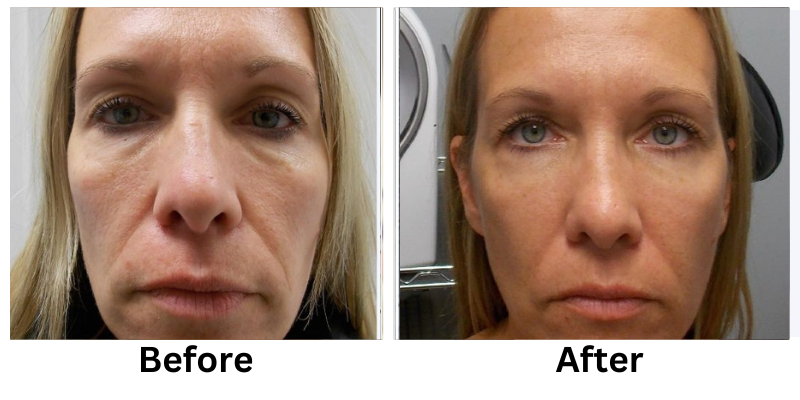
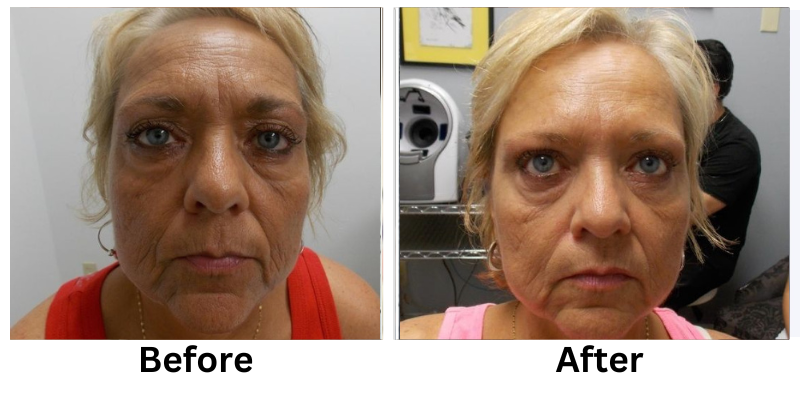
![[thumb]](https://slimmingsolutionsspa.com/wp-content/uploads/2023/12/Skin-Rejuvenation-1-150x150.png)
![[thumb]](https://slimmingsolutionsspa.com/wp-content/uploads/2023/12/Skin-Rejuvenation-2-150x150.png)


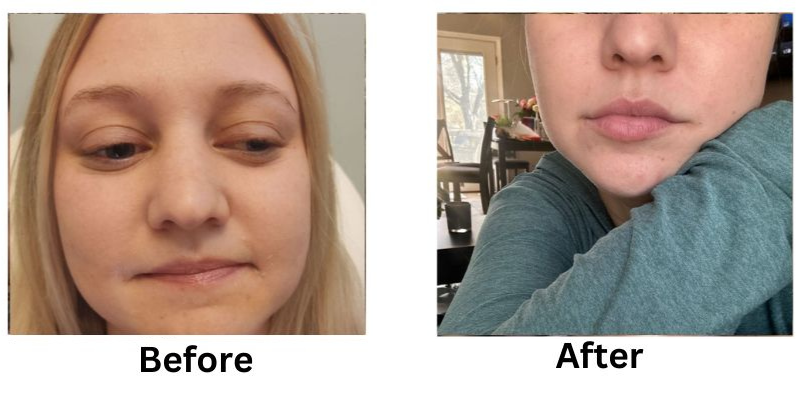
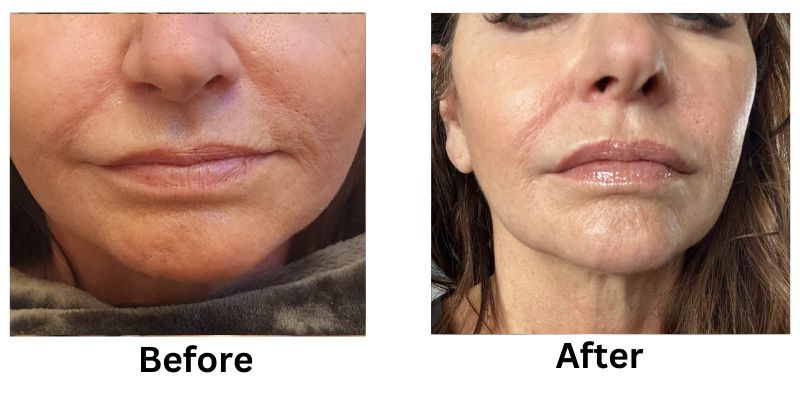
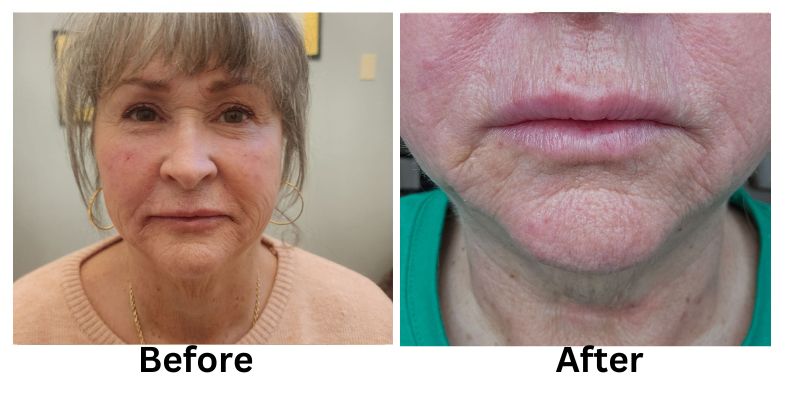
![[thumb]](https://slimmingsolutionsspa.com/wp-content/uploads/2024/01/Lip-Filler-1-150x150.png)
![[thumb]](https://slimmingsolutionsspa.com/wp-content/uploads/2024/01/Lip-Filler-2-150x150.png)
![[thumb]](https://slimmingsolutionsspa.com/wp-content/uploads/2025/02/Lip-Filler-1-150x150.png)
![[thumb]](https://slimmingsolutionsspa.com/wp-content/uploads/2024/01/Lip-Filler-150x150.jpg)
![[thumb]](https://slimmingsolutionsspa.com/wp-content/uploads/2024/01/Before-1-150x150.jpg)
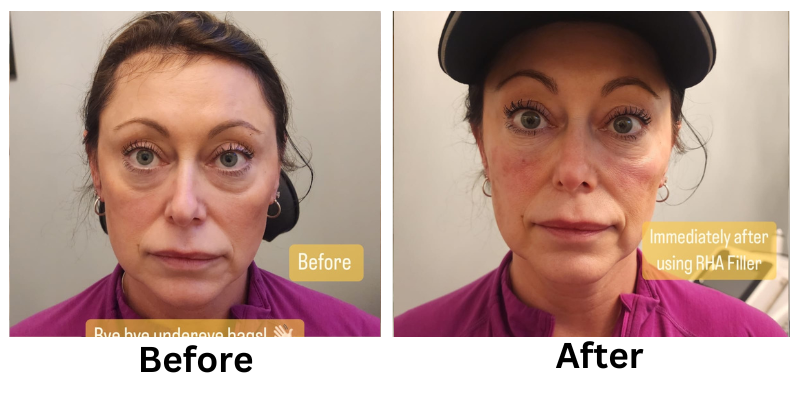
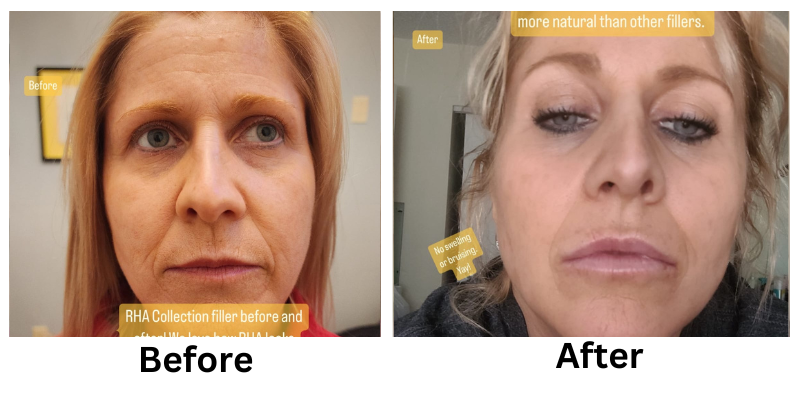

![[thumb]](https://slimmingsolutionsspa.com/wp-content/uploads/2024/01/RHA-Treatmetn-3-150x150.png)
![[thumb]](https://slimmingsolutionsspa.com/wp-content/uploads/2024/01/RHA-Treatmetn-2-150x150.png)
![[thumb]](https://slimmingsolutionsspa.com/wp-content/uploads/2024/01/RHA-Treatmetn-1-150x150.png)
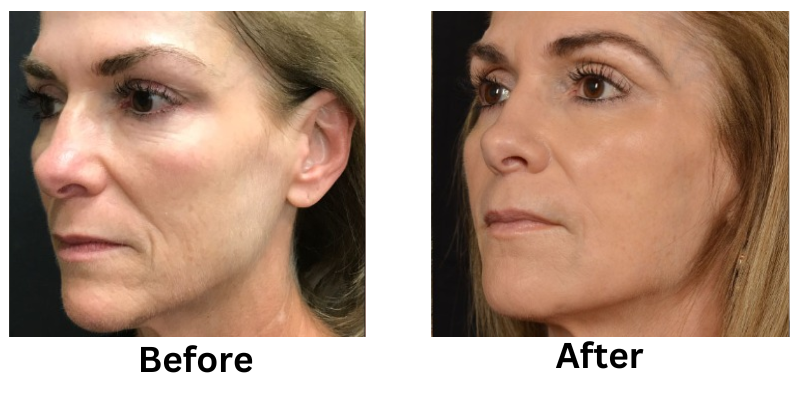
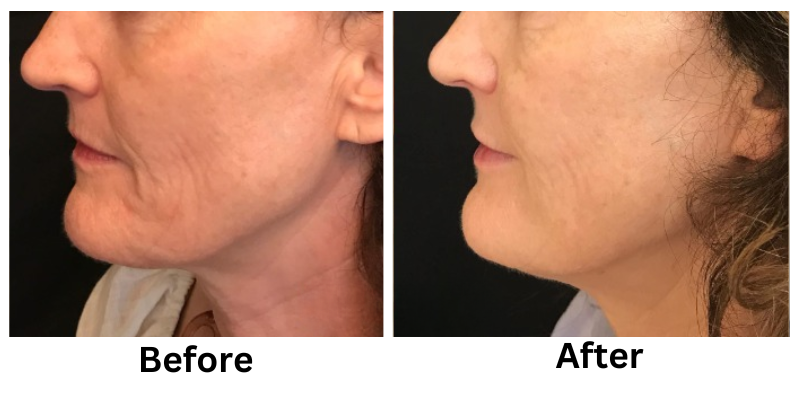
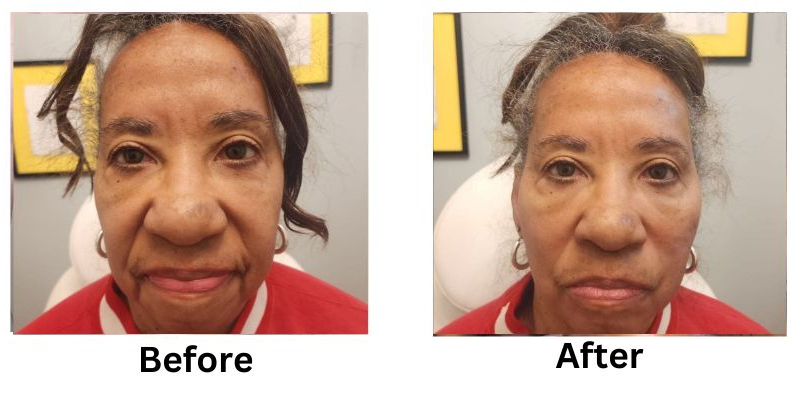
![[thumb]](https://slimmingsolutionsspa.com/wp-content/uploads/2024/01/Thread-Lifts-1-150x150.png)
![[thumb]](https://slimmingsolutionsspa.com/wp-content/uploads/2024/01/Thread-Lifts-2-150x150.png)
![[thumb]](https://slimmingsolutionsspa.com/wp-content/uploads/2025/02/Lip-Filler-2-150x150.png)
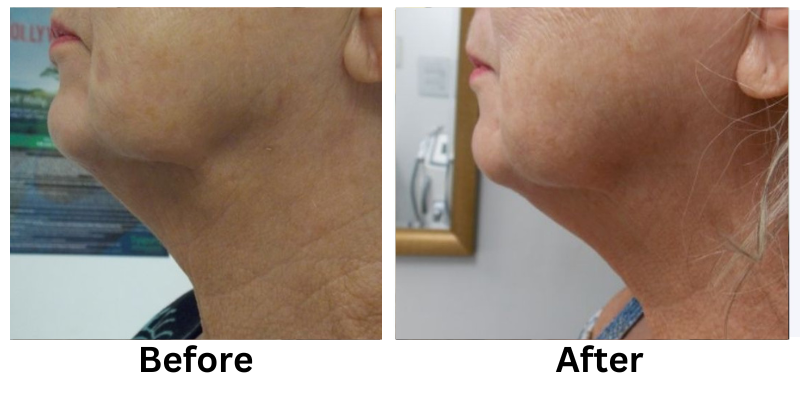
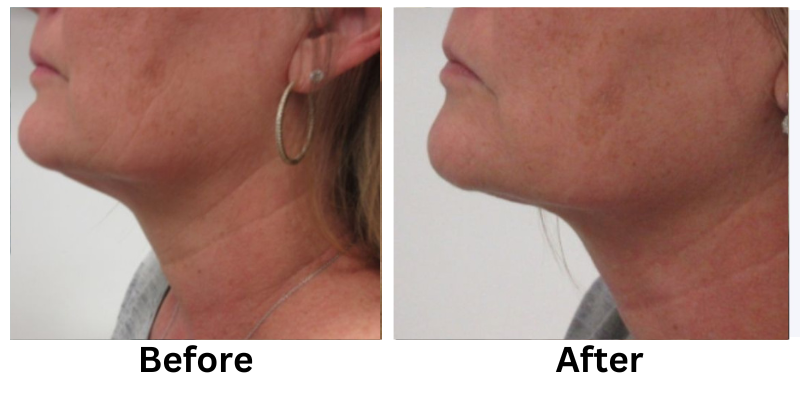

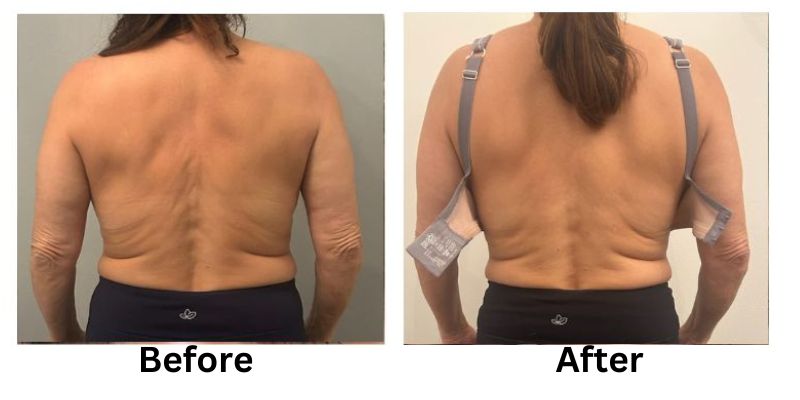
![[thumb]](https://slimmingsolutionsspa.com/wp-content/uploads/2023/12/skin-reuvulation1-150x150.png)
![[thumb]](https://slimmingsolutionsspa.com/wp-content/uploads/2023/12/skin-rejuvulation-2-150x150.png)
![[thumb]](https://slimmingsolutionsspa.com/wp-content/uploads/2023/12/Skin-Tighting-150x150.png)
![[thumb]](https://slimmingsolutionsspa.com/wp-content/uploads/2023/12/Before-150x150.jpg)
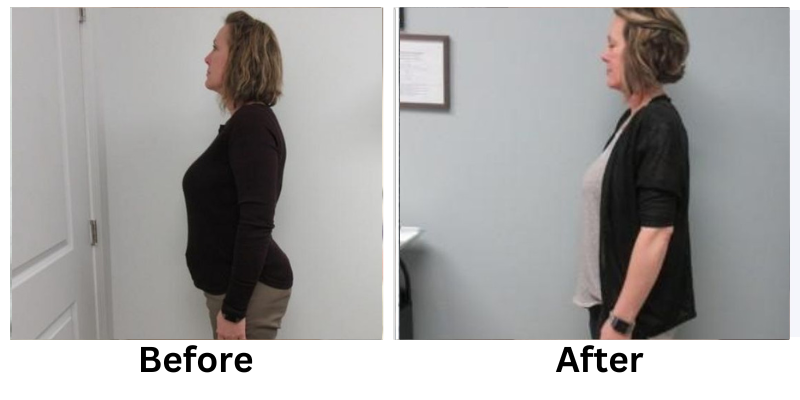
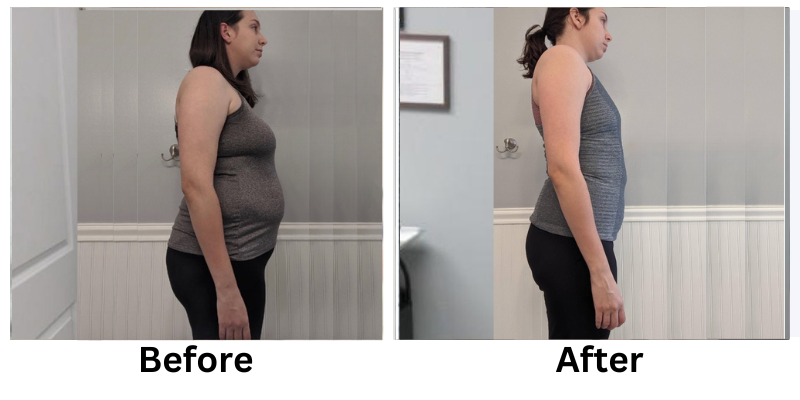
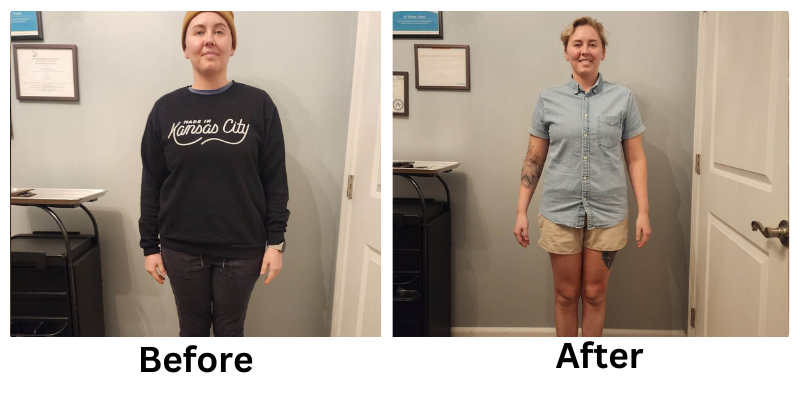
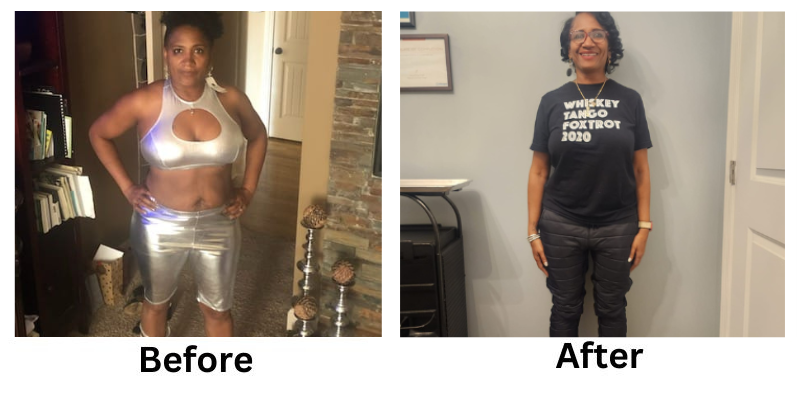
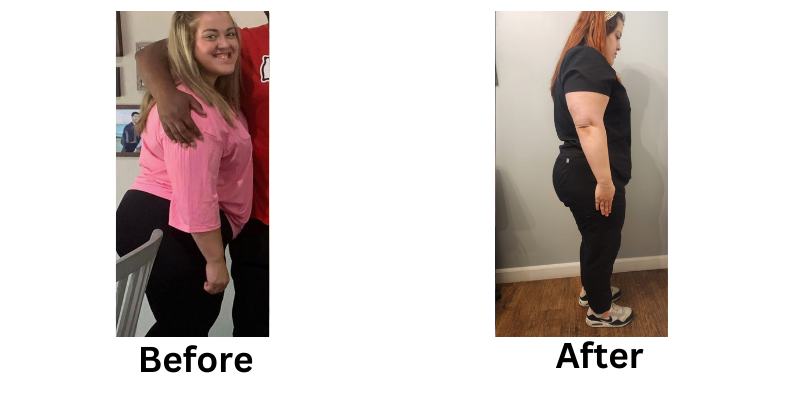
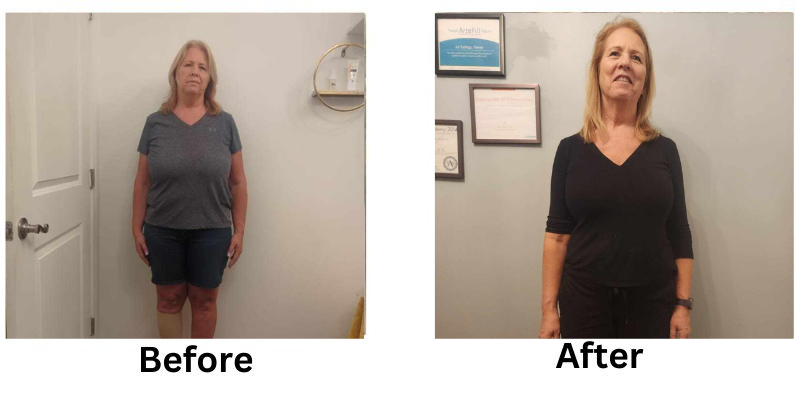
![[thumb]](https://slimmingsolutionsspa.com/wp-content/uploads/2023/12/weightloss-1-150x150.png)
![[thumb]](https://slimmingsolutionsspa.com/wp-content/uploads/2023/12/weightloss-2-150x150.png)
![[thumb]](https://slimmingsolutionsspa.com/wp-content/uploads/2023/12/2Weight-Loss-2-150x150.png)
![[thumb]](https://slimmingsolutionsspa.com/wp-content/uploads/2025/02/Weight-Loss-1-new-150x150.png)
![[thumb]](https://slimmingsolutionsspa.com/wp-content/uploads/2023/12/Weight-Loss-3-150x150.png)
![[thumb]](https://slimmingsolutionsspa.com/wp-content/uploads/2025/03/Slimming-Solutions-BA-Template-150x150.png)

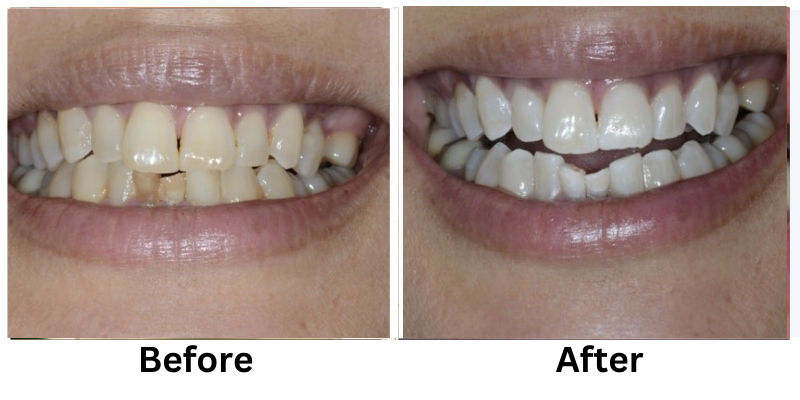
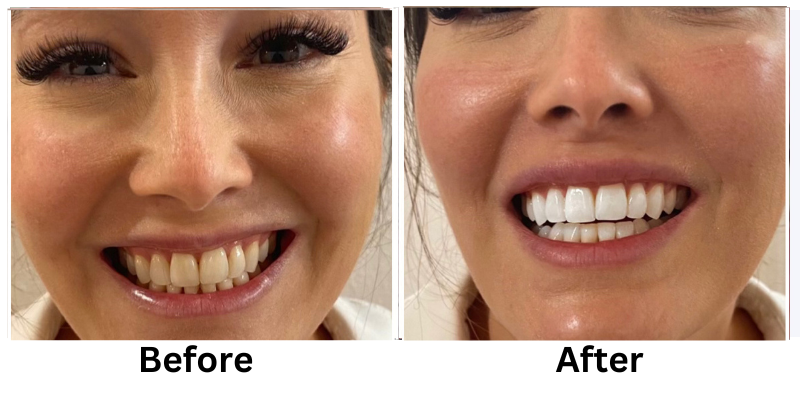

![[thumb]](https://slimmingsolutionsspa.com/wp-content/uploads/2023/12/dat3-150x150.png)
![[thumb]](https://slimmingsolutionsspa.com/wp-content/uploads/2023/12/dat-0-150x150.png)
![[thumb]](https://slimmingsolutionsspa.com/wp-content/uploads/2023/12/dat-1-150x150.png)
![[thumb]](https://slimmingsolutionsspa.com/wp-content/uploads/2023/12/Before-1-150x150.png)


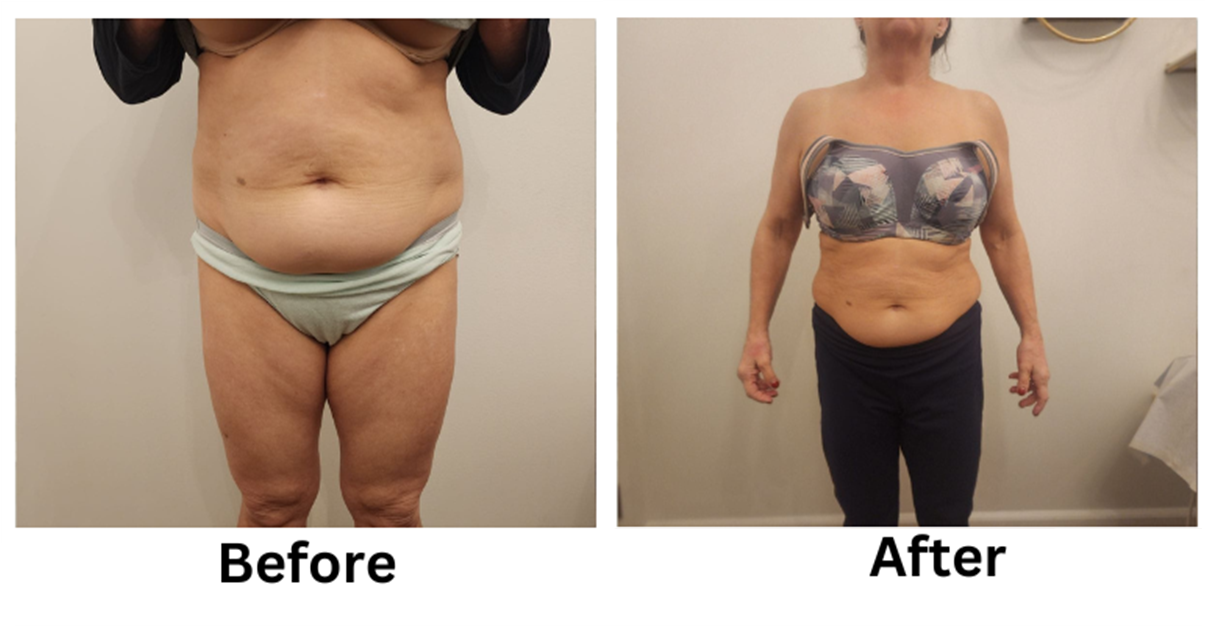
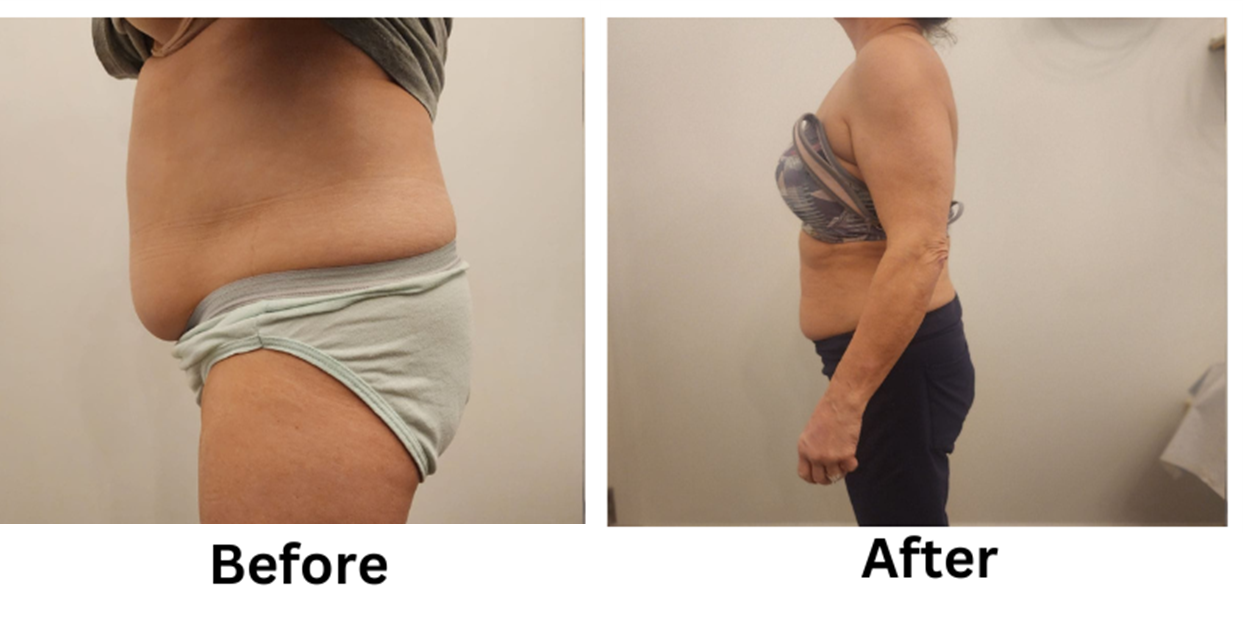
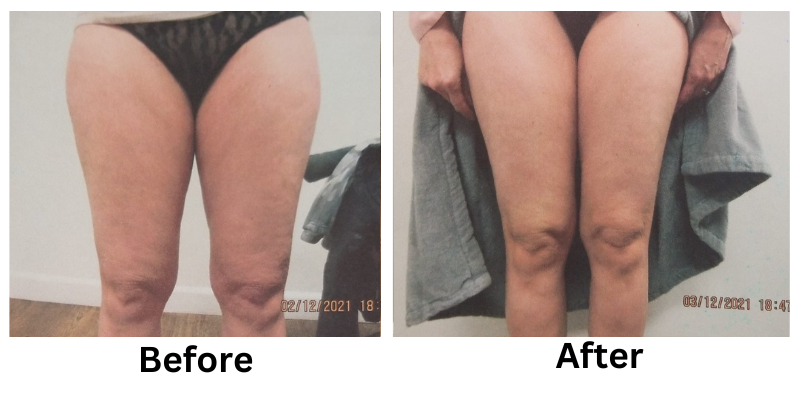
![[thumb]](https://slimmingsolutionsspa.com/wp-content/uploads/2024/01/EMS-Treatment-2-150x150.png)
![[thumb]](https://slimmingsolutionsspa.com/wp-content/uploads/2024/01/EMS-Treatment-1-150x150.png)
![[thumb]](https://slimmingsolutionsspa.com/wp-content/uploads/2025/02/ems-BNA-front-150x150.png)
![[thumb]](https://slimmingsolutionsspa.com/wp-content/uploads/2025/02/EMS-bna-SIDE-150x150.png)
![[thumb]](https://slimmingsolutionsspa.com/wp-content/uploads/2024/01/EMS-Treatment-6-150x150.png)

